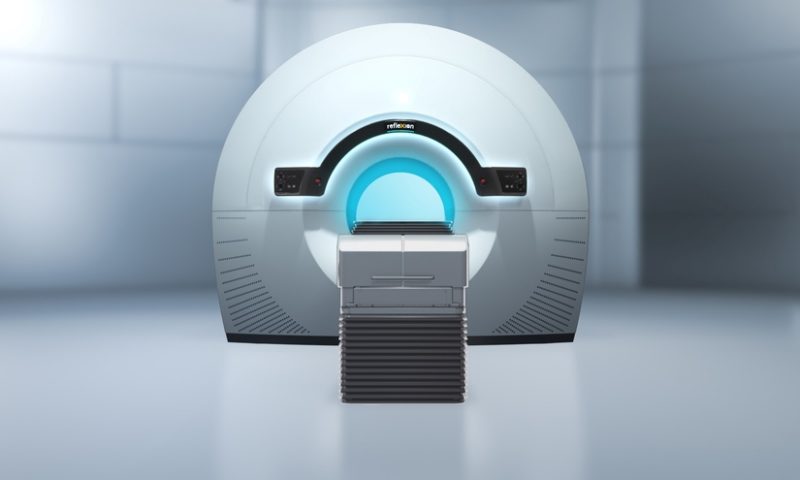RefleXion Medical is aiming to develop radiation therapy capable of destroying metastatic tumors—by using the cancer itself as a tour guide through the areas of the body where it has already spread.
The company’s biology-guided radiotherapy (BgRT) uses positron emission tomography, or PET imaging, to track cancer cells with attached radioactive tracers. The highlighted tumors can then direct the delivery of radiation, even as they continue to develop throughout the body.
According to the former Fierce 15 winner, this technology marks a new approach to treating cancers that have metastasized. Typically, radiotherapy is reserved only for localized diseases, where it’s easier to focus the delivery of radiation, while later-stage, multi-tumor cancers are largely treated with drugs alone. RefleXion’s radiotherapy is meant to be administered alongside a regimen of chemotherapy, immunotherapy and targeted drugs.
The FDA this month handed RefleXion its breakthrough device designation, specifically for the technology’s use in attacking cancer cells in the lungs, an especially common site for metastatic tumors.
The agency’s label will act as something of a VIP pass as RefleXion submits the radiotherapy system for U.S. regulatory clearance, streamlining the pathway and giving the company direct access to agency experts to guide them through the process.
“The unmet need in lung cancer is staggering,” said Todd Powell, RefleXion’s president and CEO. “By harnessing the continuous biological interaction between the radiotracer and the cancer cells, BgRT has the potential to manage tumor motion with unprecedented precision. Our designation as a breakthrough device reflects the significance of our potential future contribution in the leading cause of cancer mortality in the U.S.”
The breakthrough designation comes about a year-and-a-half after it locked down its first FDA clearance in March 2020, when the agency greenlighted the RefleXion X1 machine. The device combines CT imaging with a linear accelerator to deliver more precise doses of radiation to individual tumors.
The machine was cleared for use in delivering stereotactic body radiotherapy, stereotactic radiosurgery and intensity-modulated radiotherapy. If the biology-guided radiotherapy approach is also cleared by the FDA, it’ll also be administered via the X1 machine.
That first regulatory clearance was followed soon after by a not-too-shabby $100 million funding round. Announced in April 2020, the financing matched RefleXion’s previous fundraising, a $100 million series C that closed two years prior.
The California-based company’s latest megaround was led by Canada’s Public Sector Pension Investment Board with additional help from previous investors including Pfizer Ventures, Johnson & Johnson Innovation and more.

